Home>Garden Essentials>What Is The Best Low-Maintenance Ground Cover?
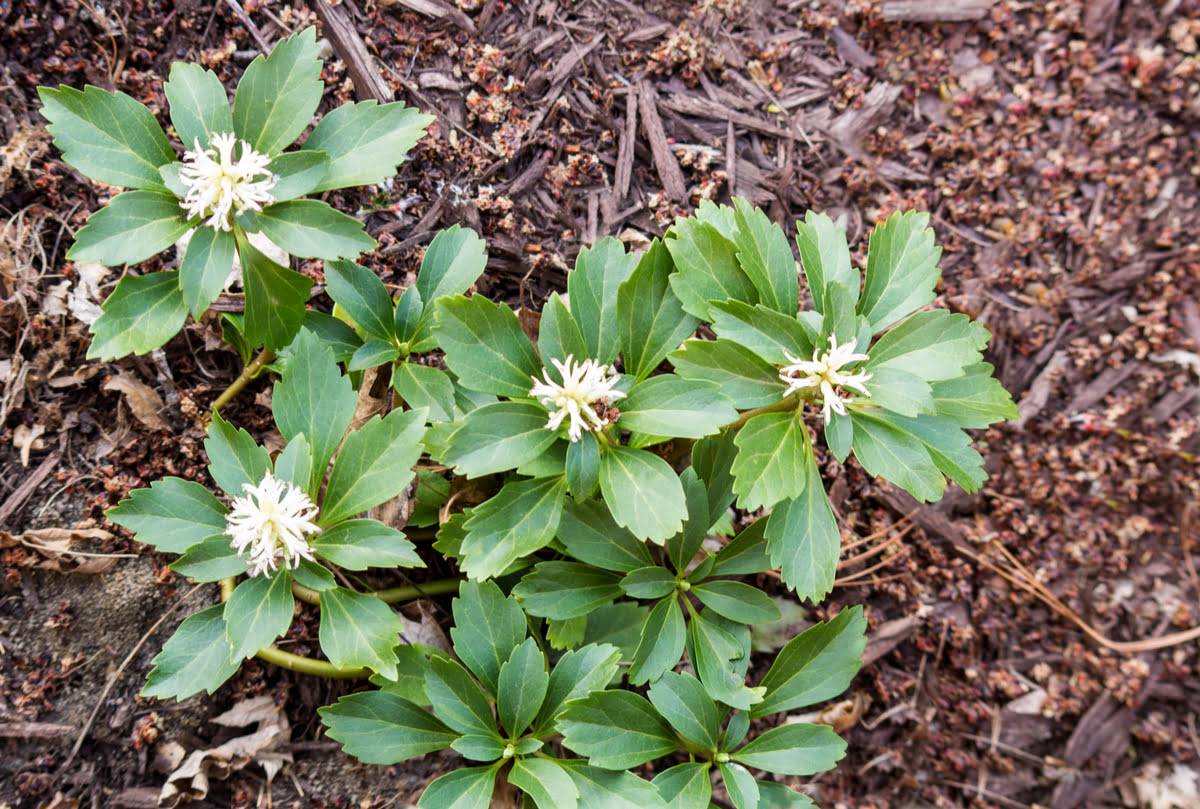

Garden Essentials
What Is The Best Low-Maintenance Ground Cover?
Modified: March 29, 2024
Discover the best low-maintenance ground cover for your garden, providing beauty and ease of care. Enhance your outdoor space with our top recommendations.
(Many of the links in this article redirect to a specific reviewed product. Your purchase of these products through affiliate links helps to generate commission for Storables.com, at no extra cost. Learn more)
Introduction
When it comes to maintaining a beautiful garden, one of the biggest challenges many homeowners face is finding the time and energy to keep up with regular upkeep. The good news is that there are low-maintenance ground cover options available that can help alleviate some of these concerns. Low-maintenance ground cover not only reduces the need for constant weeding and watering but also adds texture and color to your garden beds. Whether you have a large backyard or a small urban garden, choosing the right low-maintenance ground cover can make a significant difference in the overall appearance and ease of maintenance of your outdoor space.
In this article, we will explore the benefits of using low-maintenance ground cover and discuss some popular options that are not only visually appealing but also require minimal care. Additionally, we will provide you with valuable insights on the factors to consider when choosing the perfect ground cover for your garden.
Key Takeaways:
- Low-maintenance ground cover reduces weeding, conserves water, and adds beauty to gardens. Options like clover, creeping thyme, and pachysandra offer sustainable and easy-care solutions for a vibrant outdoor space.
- Consider climate, growth habits, and maintenance needs when choosing ground cover. Clover enriches soil, creeping thyme adds fragrance, and pachysandra thrives in shade. Selecting the right option can create a visually appealing and low-maintenance garden.
Benefits of Low-Maintenance Ground Cover
Low-maintenance ground cover offers numerous advantages for gardeners who are looking to spend less time and effort on the upkeep of their outdoor spaces. Here are some key benefits:
- Weed suppression: Low-maintenance ground cover plants form a dense mat that inhibits weed growth, reducing the need for manual weeding or the use of herbicides.
- Moisture retention: Ground cover helps to retain moisture in the soil, reducing the frequency of watering and conserving water in the process.
- Erosion control: The dense root systems of ground cover plants help stabilize the soil, preventing erosion on slopes and bare areas.
- No mowing: Unlike traditional lawns, many low-maintenance ground cover options do not require regular mowing, saving you time and effort.
- Visual appeal: With a wide range of colors, textures, and forms available, low-maintenance ground cover plants can enhance the aesthetic appeal of your garden.
- Drought tolerance: Some ground cover species are exceptionally drought-tolerant, making them ideal for gardens in dry or arid regions.
With these benefits in mind, let’s now explore some top options for low-maintenance ground cover, each with its unique qualities and suitability for different garden environments.
Key Takeaways:
- Low-maintenance ground cover reduces weeding, conserves water, and adds beauty to gardens. Options like clover, creeping thyme, and pachysandra offer sustainable and easy-care solutions for a vibrant outdoor space.
- Consider climate, growth habits, and maintenance needs when choosing ground cover. Clover enriches soil, creeping thyme adds fragrance, and pachysandra thrives in shade. Selecting the right option can create a visually appealing and low-maintenance garden.
Benefits of Low-Maintenance Ground Cover
Low-maintenance ground cover offers numerous advantages for gardeners who are looking to spend less time and effort on the upkeep of their outdoor spaces. Here are some key benefits:
- Weed suppression: One of the primary benefits of using low-maintenance ground cover is its ability to suppress weed growth. These ground cover plants form a dense mat that shades the soil, limiting the resources available for weed seeds to germinate and grow. This means less time spent on manual weeding or the use of herbicides.
- Moisture retention: Another significant advantage of using ground cover is its ability to retain moisture in the soil. The dense foliage of these plants acts as a natural barrier, reducing evaporation and preventing water runoff. This not only conserves water but also reduces the frequency of watering required for your garden, making it an excellent choice for water-wise landscaping.
- Erosion control: Ground cover plants have extensive root systems that help stabilize the soil. This makes them highly effective in preventing erosion, especially on slopes and areas with bare soil. The roots bind the soil particles together, reducing the risk of soil erosion caused by rainfall or wind. By using ground cover, you can protect your garden’s soil, maintain its structure, and prevent the loss of valuable topsoil.
- No mowing: Unlike traditional lawns that require regular mowing, low-maintenance ground cover options eliminate the need for this tedious chore. With their spreading growth habits, ground cover plants create a lush carpet-like effect without the need for trimming. This not only saves you time and effort but also reduces noise pollution and fuel consumption associated with lawn mowing.
- Visual appeal: Low-maintenance ground cover plants come in a wide variety of colors, textures, and forms, offering endless possibilities for enhancing the visual appeal of your garden. Whether you prefer vibrant blooms, variegated foliage, or a combination of both, there is a ground cover plant that will complement your garden’s design and add aesthetic interest to your outdoor space.
- Drought tolerance: Many ground cover species are well-adapted to dry conditions, making them an excellent choice for gardens in arid regions or areas with limited water availability. These drought-tolerant plants have specialized mechanisms that enable them to withstand long periods of dryness without sacrificing their visual appeal. By opting for low-maintenance ground cover with drought tolerance, you can conserve water and reduce the need for frequent watering.
With these benefits in mind, it’s clear why low-maintenance ground cover is becoming increasingly popular among gardeners. Not only does it minimize maintenance tasks, but it also enhances the overall health and sustainability of your garden. So, let’s now explore some top options for low-maintenance ground cover that you can consider for your garden.
Factors to Consider when Choosing Low-Maintenance Ground Cover
When selecting low-maintenance ground cover for your garden, it’s important to consider a few factors to ensure the best possible outcome. Here are some key considerations to keep in mind:
- Climate and Growing Conditions: Different ground cover plants thrive in specific climates and growing conditions. Consider the average temperature, sunlight exposure, and soil type of your garden. Choose ground cover plants that are well-suited to your climate and can tolerate the conditions in your specific area.
- Growth Habit: Pay attention to the growth habit of the ground cover plant you are considering. Some ground covers spread quickly and aggressively through runners or rhizomes, while others have a clumping or mat-like growth habit. Consider the available space in your garden and whether you want the ground cover to fill in gaps between other plants or to form a uniform carpet-like appearance.
- Height and Density: The height and density of the ground cover plant can greatly impact its effectiveness in suppressing weeds and covering the soil. Select plants that will grow to the desired height and have a dense foliage that will effectively shade the soil and limit weed growth.
- Root Depth: Consider the depth and spread of the ground cover plant’s root system. Deeper roots are beneficial for erosion control and moisture retention, as they stabilize the soil and reach deeper water sources. However, shallow-rooted plants are easier to establish and may be more suitable for areas with limited soil depth.
- Maintenance Requirements: While the goal is to choose low-maintenance ground cover, it’s important to understand the specific care needs of the plants you are considering. Some ground covers may require occasional pruning or trimming to maintain their shape, while others may need regular watering during periods of drought. Determine how much time and effort you are willing to dedicate to the maintenance of your ground cover plants.
- Aesthetic Appeal: Lastly, consider the visual appeal of the ground cover plant. Look for plants that align with your preferred garden style and complement the surrounding vegetation. Consider factors such as flower color, foliage texture, and seasonal interest to create a visually appealing and cohesive garden design.
By taking these factors into consideration, you can make an informed decision and choose the most suitable low-maintenance ground cover for your garden. Now, let’s explore some popular options for low-maintenance ground cover that you can consider incorporating into your outdoor space.
Clover Ground Cover
Clover, specifically white clover (Trifolium repens), is a popular choice for low-maintenance ground cover. It offers numerous benefits and is well-suited to a variety of garden settings. Here’s what you need to know about using clover as ground cover:
Benefits:
- Clover is a natural nitrogen fixer, meaning it has the ability to convert atmospheric nitrogen into a usable form that enriches the soil. This reduces the need for additional nitrogen fertilizers and promotes healthier, more vibrant growth.
- Clover has a dense, creeping growth habit that helps to suppress weeds by shading the soil and preventing weed seeds from germinating.
- It is extremely drought-tolerant and can endure long periods without water, making it an ideal choice for regions with dry or arid climates.
- Clover attracts pollinators, such as bees and butterflies, with its nectar-rich flowers. This can contribute to the overall health and biodiversity of your garden.
- It tolerates foot traffic well, making it an excellent option for areas that receive frequent use, like pathways or play areas.
Growing Tips:
- Choose a variety of clover that is well-suited to your climate and growing conditions. White clover is the most common type used as ground cover.
- Make sure to prepare the soil properly by removing any existing weeds or grass and loosening it to allow for good root penetration.
- Sow the clover seeds evenly over the prepared area and gently press them into the soil, ensuring good seed-to-soil contact.
- Water the newly seeded area regularly until the clover establishes itself, usually within a few weeks.
- Once established, clover requires minimal maintenance. It is a low-growing plant that rarely needs mowing but can tolerate occasional mowing if desired.
- Consider overseeding clover every few years to maintain its density and vibrancy.
Clover ground cover not only adds beauty to your garden with its delicate white flowers but also benefits the ecosystem by providing a sustainable and low-maintenance option for ground coverage. Consider incorporating clover into your garden, and enjoy the numerous advantages it has to offer.
Consider using low-maintenance ground covers like creeping thyme, sedum, or moss. These plants require minimal care and can help suppress weeds while adding visual interest to your landscape.
Creeping Thyme Ground Cover
If you’re looking for a low-maintenance ground cover with aromatic foliage and beautiful flowers, creeping thyme (Thymus praecox) is an excellent choice. Here’s everything you need to know about using creeping thyme as ground cover:
Benefits:
- Creeping thyme is a drought-tolerant plant that thrives in sunny locations with well-drained soil. It can withstand dry periods and requires minimal watering once established.
- It forms a dense, low-growing mat of foliage that helps to suppress weeds and reduce soil erosion.
- Creeping thyme blooms in late spring to early summer, producing clusters of small, vibrant flowers in shades of pink, lavender, or white. These flowers not only add visual interest but also attract pollinators like bees and butterflies to your garden.
- The foliage of creeping thyme releases a pleasant fragrance when brushed or walked upon, adding an aromatic element to your garden.
- This ground cover is relatively low-maintenance and requires minimal trimming or mowing.
Growing Tips:
- Choose a sunny location with well-drained soil for optimal growth. Creeping thyme prefers full sun but can tolerate some light shade.
- Prepare the soil by removing any weeds or grass and loosening it to improve drainage.
- Plant creeping thyme seedlings or small plants about 6 to 12 inches apart to allow for spread and fill-in of the ground cover.
- Water the plants thoroughly after planting and keep the soil consistently moist until they become established.
- Once established, creeping thyme requires minimal watering. Water only during extended dry periods or when the plants show signs of wilting.
- Prune the plants lightly after flowering to remove spent flowers and promote bushier growth.
Creeping thyme not only provides a lush, vibrant ground cover but also offers a fragrant sensory experience. With its ability to tolerate drought and suppress weeds, it is an excellent choice for low-maintenance gardens. Consider incorporating creeping thyme into your garden, and enjoy its beauty and easy care.
Pachysandra Ground Cover
If you’re looking for a low-maintenance ground cover that thrives in shady areas, pachysandra (Pachysandra terminalis) is an excellent choice. Here’s everything you need to know about using pachysandra as ground cover:
Benefits:
- Pachysandra is a shade-loving plant that thrives in areas with limited sunlight. It is an ideal ground cover for under trees or in other shady spots where other plants may struggle to grow.
- It forms a dense, evergreen carpet-like mat that effectively suppresses weeds and reduces the need for frequent maintenance.
- Pachysandra has glossy, dark green leaves that provide a lush backdrop for other plants in your garden.
- While it primarily serves as a ground cover, pachysandra also produces small spikes of white flowers in early spring, adding a touch of beauty to the shaded areas of your garden.
- Once established, pachysandra requires minimal care and is relatively drought-tolerant.
Growing Tips:
- Choose a location with partial to full shade for optimal growth. Pachysandra can tolerate some morning sun but prefers afternoon shade.
- Prepare the soil by removing any existing weeds or grass and adding compost or organic matter to improve drainage and fertility.
- Plant pachysandra seedlings or small plants about 6 to 12 inches apart to allow for spreading and fill-in of the ground cover.
- Water the plants thoroughly after planting and keep the soil consistently moist until they become established.
- Apply a layer of organic mulch around the pachysandra plants to help retain moisture and suppress weed growth.
- Once established, pachysandra requires minimal watering. Water deeply during extended dry periods or when the plants show signs of wilting.
- Trim or mow pachysandra in early spring to keep it at a uniform height and maintain its tidy appearance.
Pachysandra not only provides an attractive and low-maintenance ground cover for shaded areas but also adds a touch of greenery to areas where other plants may struggle to thrive. Consider incorporating pachysandra into your garden, and enjoy its beauty and effortless maintenance.
Vinca Minor Ground Cover
If you’re looking for a versatile and low-maintenance ground cover that thrives in various growing conditions, Vinca minor, also known as periwinkle, is an excellent choice. Here’s everything you need to know about using Vinca minor as ground cover:
Benefits:
- Vinca minor is a hardy and adaptable plant that can grow in both sun and shade. It can tolerate a wide range of soil conditions, making it suitable for various garden settings.
- It forms a dense and trailing mat of evergreen foliage that effectively suppresses weeds and requires minimal maintenance.
- Vinca minor produces beautiful, blue or purple flowers in spring, adding a splash of color to your garden.
- Once established, Vinca minor is relatively drought-tolerant and requires minimal watering.
- It is also deer-resistant, making it an ideal choice for areas where deer may be a common issue.
Growing Tips:
- Choose a location with either full or partial shade for optimal growth. Vinca minor can tolerate some sun but prefers afternoon shade in hotter climates.
- Prepare the soil by removing any existing weeds or grass and adding organic matter to improve drainage and fertility.
- Plant Vinca minor seedlings or small plants about 12 to 18 inches apart to allow for spread and fill-in of the ground cover.
- Water the plants thoroughly after planting and keep the soil moist until they become established.
- Once established, Vinca minor requires minimal watering. Water deeply during extended dry periods or when the plants show signs of wilting.
- Apply a layer of organic mulch to retain moisture and suppress weeds around the Vinca minor plants.
- Trim or mow Vinca minor in early spring to remove any damaged or overgrown foliage and promote a neater appearance.
Vinca minor not only provides a low-maintenance ground cover but also adds bursts of vibrant color to your garden. With its adaptability and versatility, it is an excellent choice for various garden settings. Consider incorporating Vinca minor into your garden, and enjoy its beauty and ease of care.
Dwarf Mondo Grass Ground Cover
If you’re looking for a low-maintenance ground cover that adds a touch of elegance to your garden, dwarf mondo grass (Ophiopogon japonicus) is an excellent choice. Here’s everything you need to know about using dwarf mondo grass as ground cover:
Benefits:
- Dwarf mondo grass is a slow-growing and clumping grass-like ground cover that forms a dense carpet of lush, dark green foliage. It creates a visually appealing and uniform appearance in your garden.
- It is a versatile plant that thrives in both sun and shade, making it suitable for a variety of garden environments.
- Dwarf mondo grass requires minimal maintenance once established and is resistant to pests and diseases.
- The small, bell-shaped, mauve flowers that appear in summer are an added bonus, adding subtle beauty to the ground cover.
- It is a relatively drought-tolerant plant and can withstand dry periods, reducing the need for frequent watering.
Growing Tips:
- Choose a location with either full sun or partial shade for optimal growth. Dwarf mondo grass can tolerate some shade but prefers morning sun and partial afternoon shade.
- Prepare the soil by removing any existing weeds or grass and loosening it to improve drainage.
- Plant dwarf mondo grass plugs or small plants about 6 to 12 inches apart to allow for spread and fill-in of the ground cover.
- Water the plants thoroughly after planting and keep the soil consistently moist until they become established.
- Once established, dwarf mondo grass requires minimal watering. Water deeply during extended dry periods or when the plants show signs of wilting.
- Apply a layer of mulch to help retain moisture and control weed growth around the dwarf mondo grass.
- Prune the foliage in early spring to remove any damaged or overgrown leaves and maintain a tidy appearance.
Dwarf mondo grass is an excellent choice for creating a low-maintenance ground cover that adds a touch of sophistication to your garden. With its lush foliage and adaptability to different growing conditions, it can enhance the visual appeal of your outdoor space. Consider incorporating dwarf mondo grass into your garden and enjoy its beauty and ease of care.
Read more: What Is The Best Ground Cover For A Hillside
Conclusion
Choosing the right low-maintenance ground cover can make a significant difference in the overall appearance and ease of maintenance of your garden. While there are many options available, it’s important to consider factors such as climate, growth habit, maintenance requirements, and visual appeal when making your selection.
Clover ground cover, with its ability to suppress weeds and enrich the soil, offers a natural and sustainable option for low-maintenance gardens. Creeping thyme provides aromatic foliage, beautiful flowers, and excellent drought tolerance, making it a versatile choice. Pachysandra, with its ability to thrive in shade and form a dense mat of foliage, is perfect for covering areas where other plants struggle to grow. Vinca minor, with its adaptability and vibrant flowers, adds color and beauty to various garden settings. Lastly, dwarf mondo grass offers an elegant and uniform ground cover option that requires minimal maintenance.
By incorporating these low-maintenance ground cover options into your garden, you can enjoy a range of benefits, including weed suppression, moisture retention, erosion control, and reduced need for mowing. Not only will your garden be easier to maintain, but it will also be visually appealing and environmentally friendly.
Remember to consider the specific growing conditions of your garden, as well as the desired aesthetic, when choosing the ideal ground cover for your space. With proper planning and care, you can create a beautiful and low-maintenance garden that brings you joy for years to come.
Frequently Asked Questions about What Is The Best Low-Maintenance Ground Cover?
Was this page helpful?
At Storables.com, we guarantee accurate and reliable information. Our content, validated by Expert Board Contributors, is crafted following stringent Editorial Policies. We're committed to providing you with well-researched, expert-backed insights for all your informational needs.
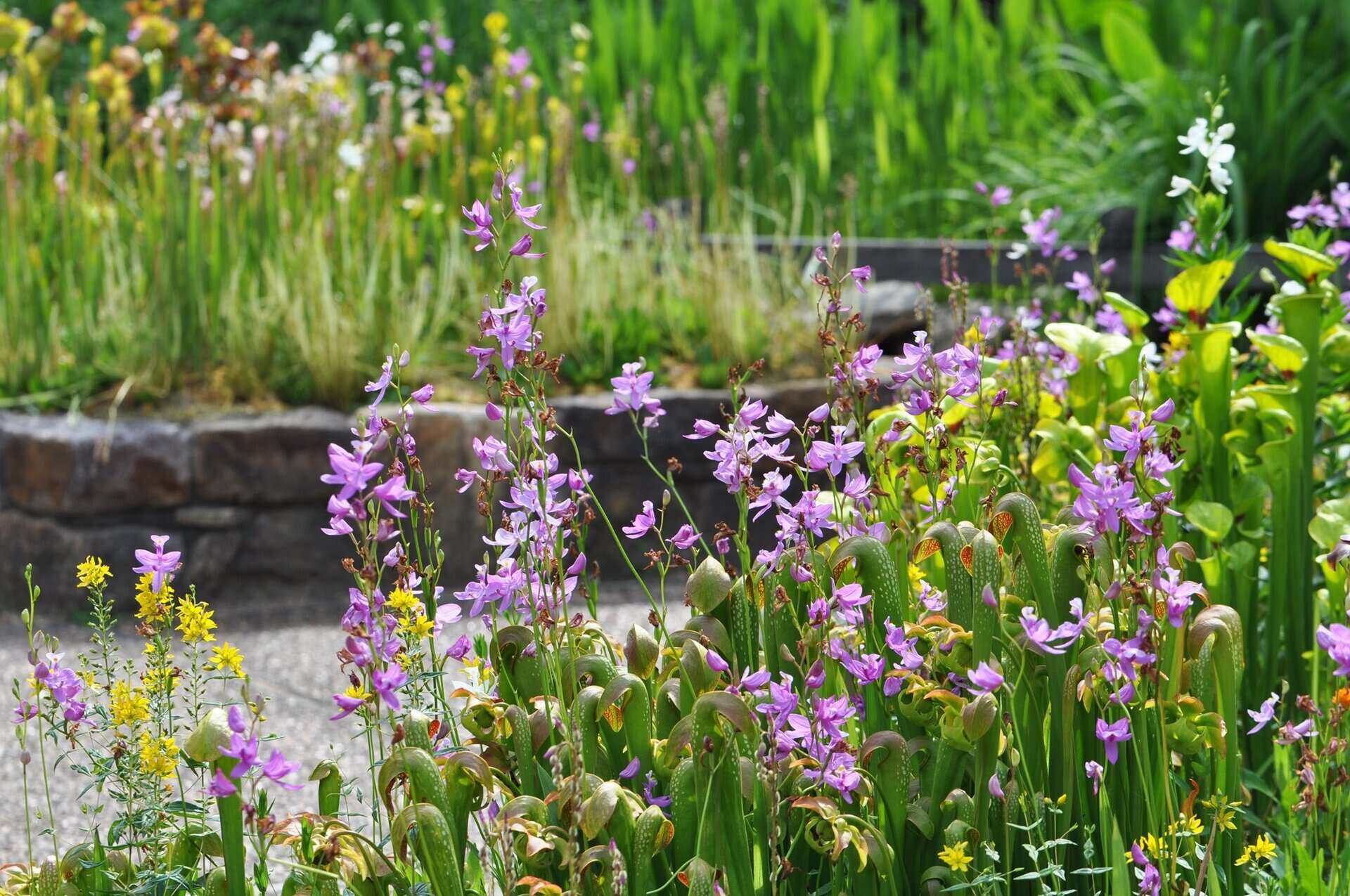
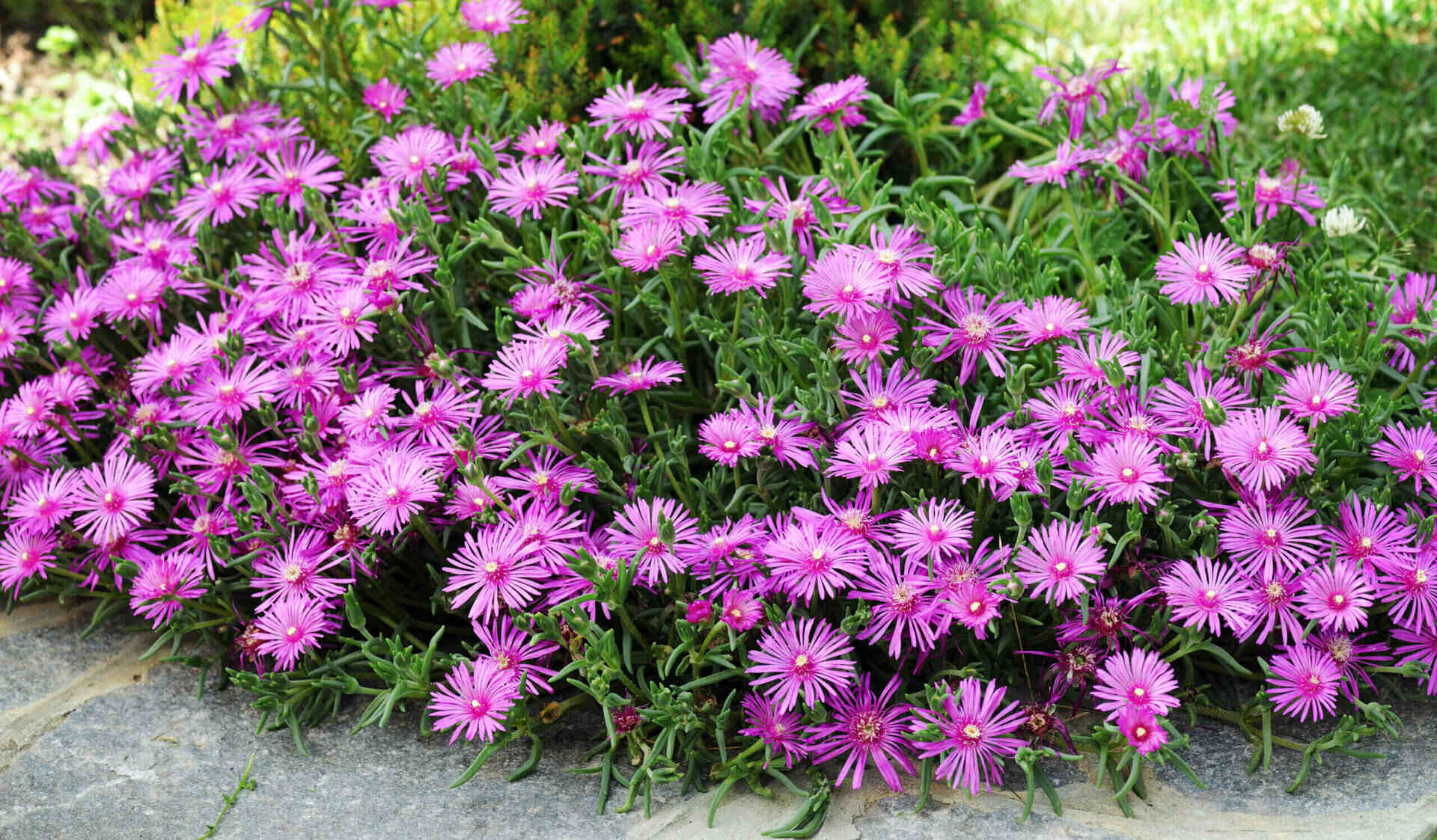


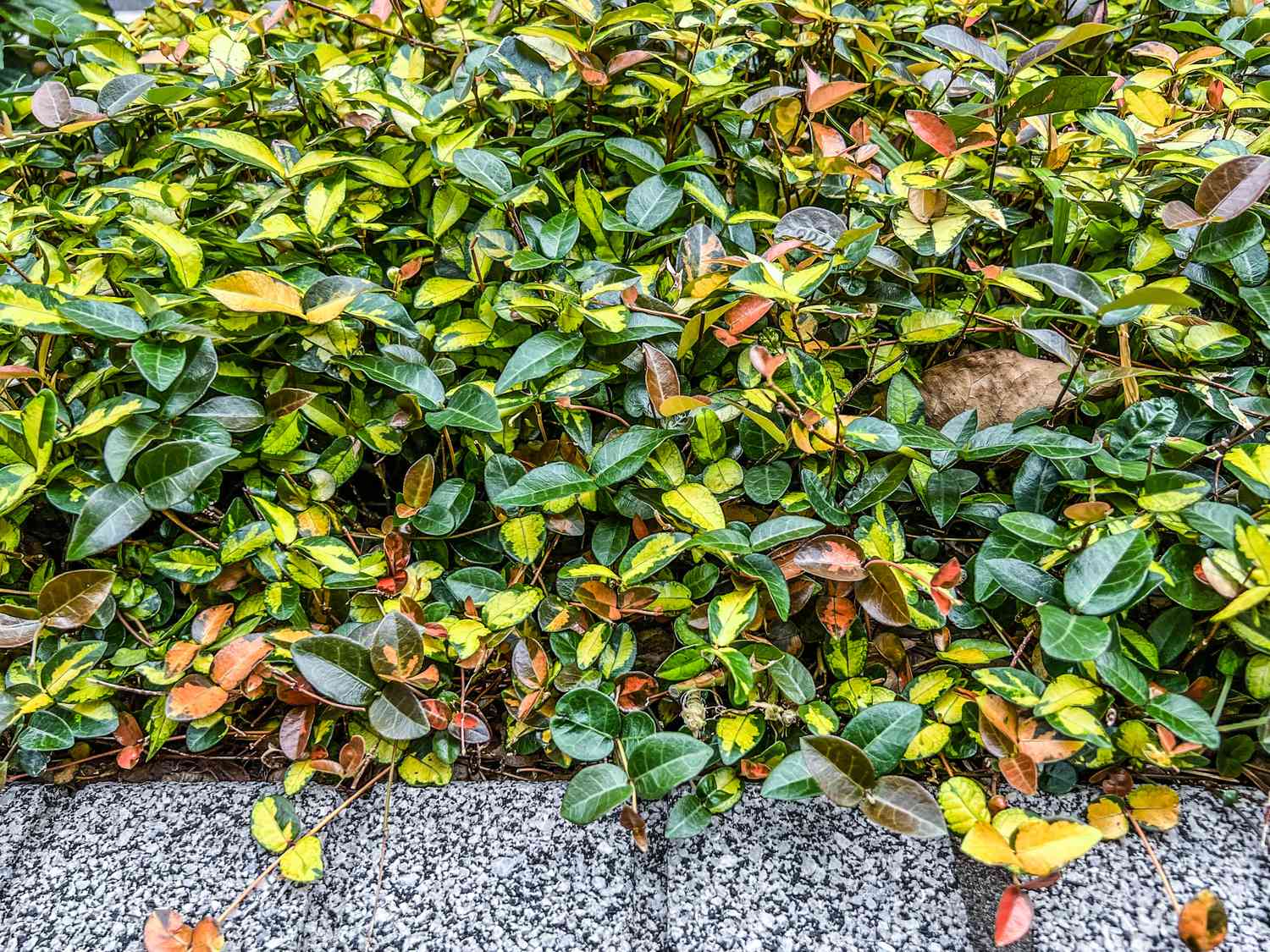
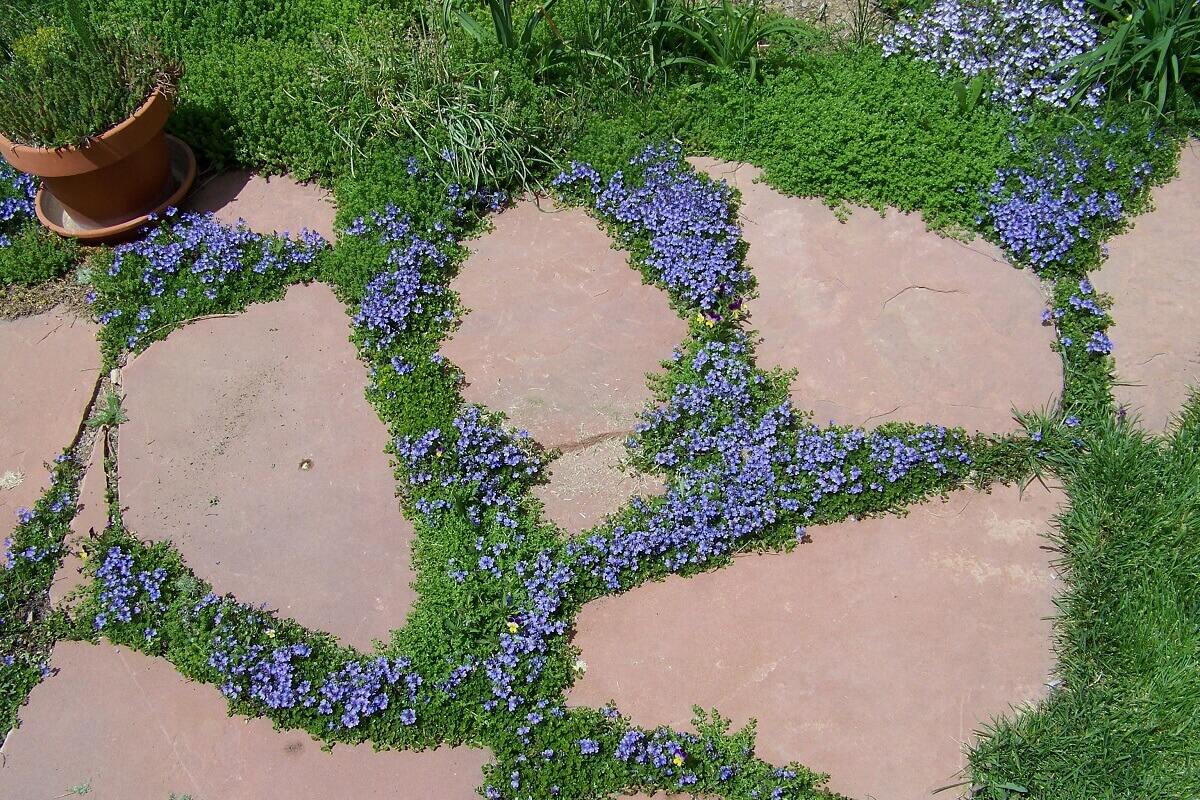
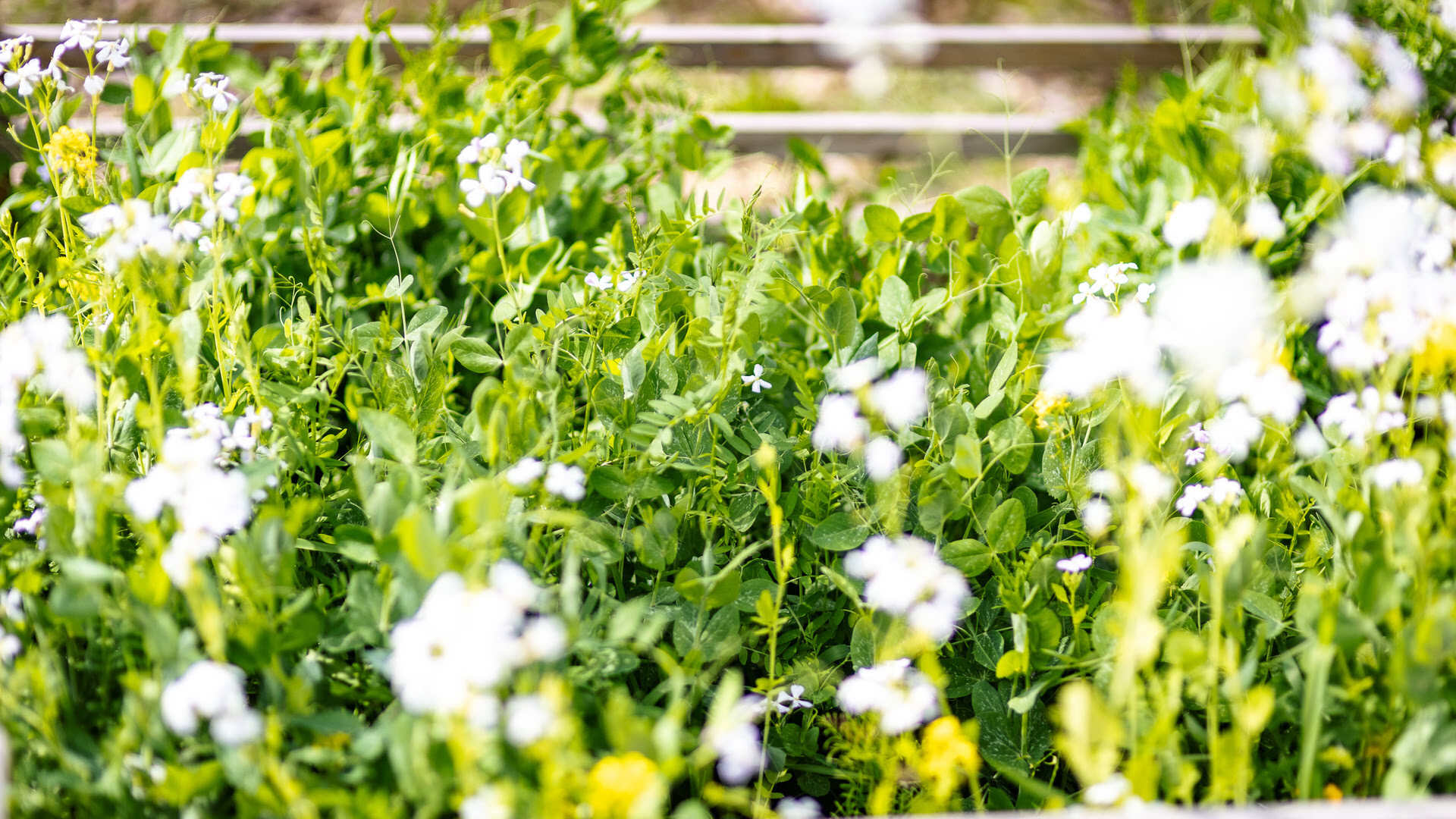
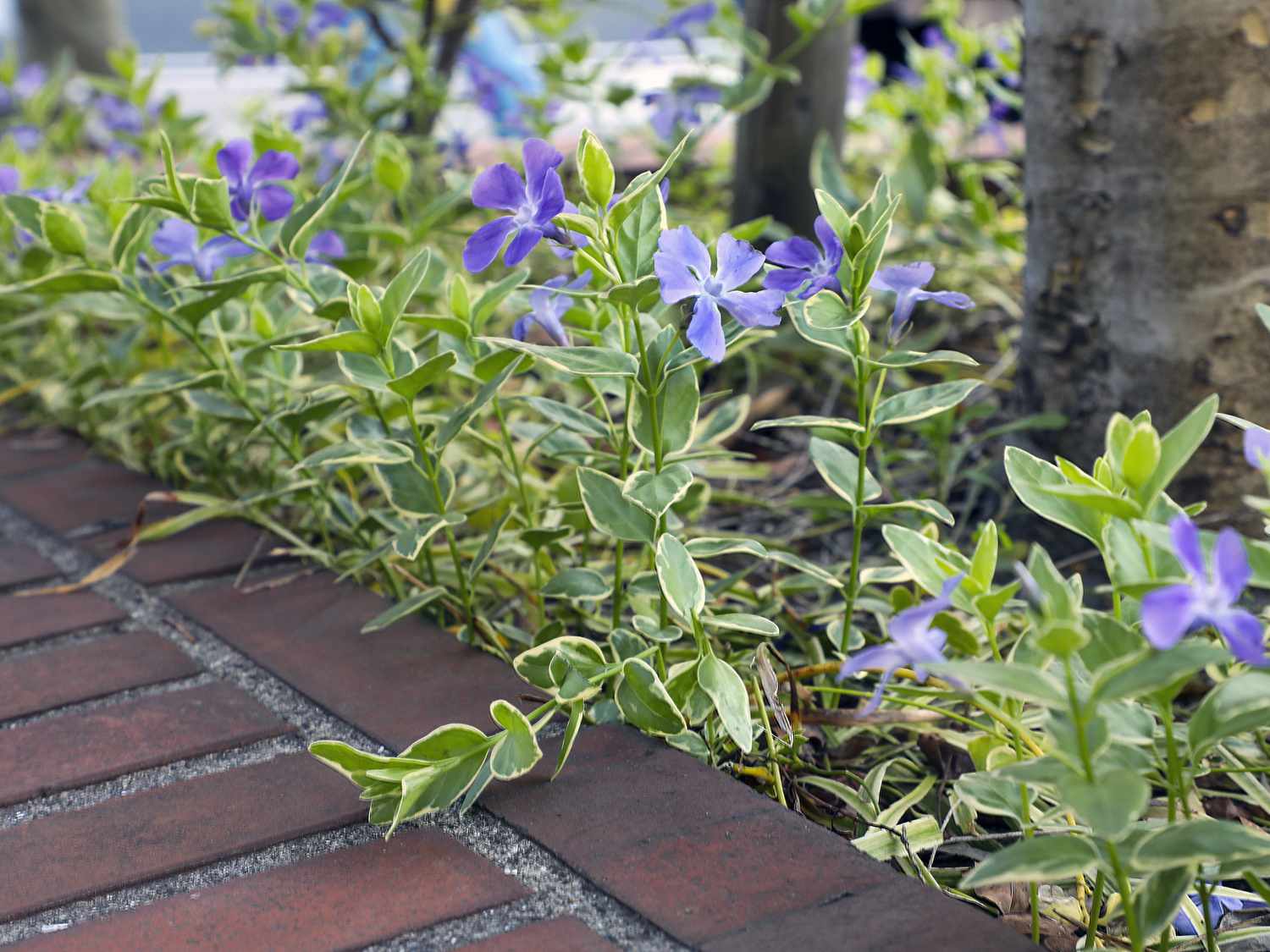
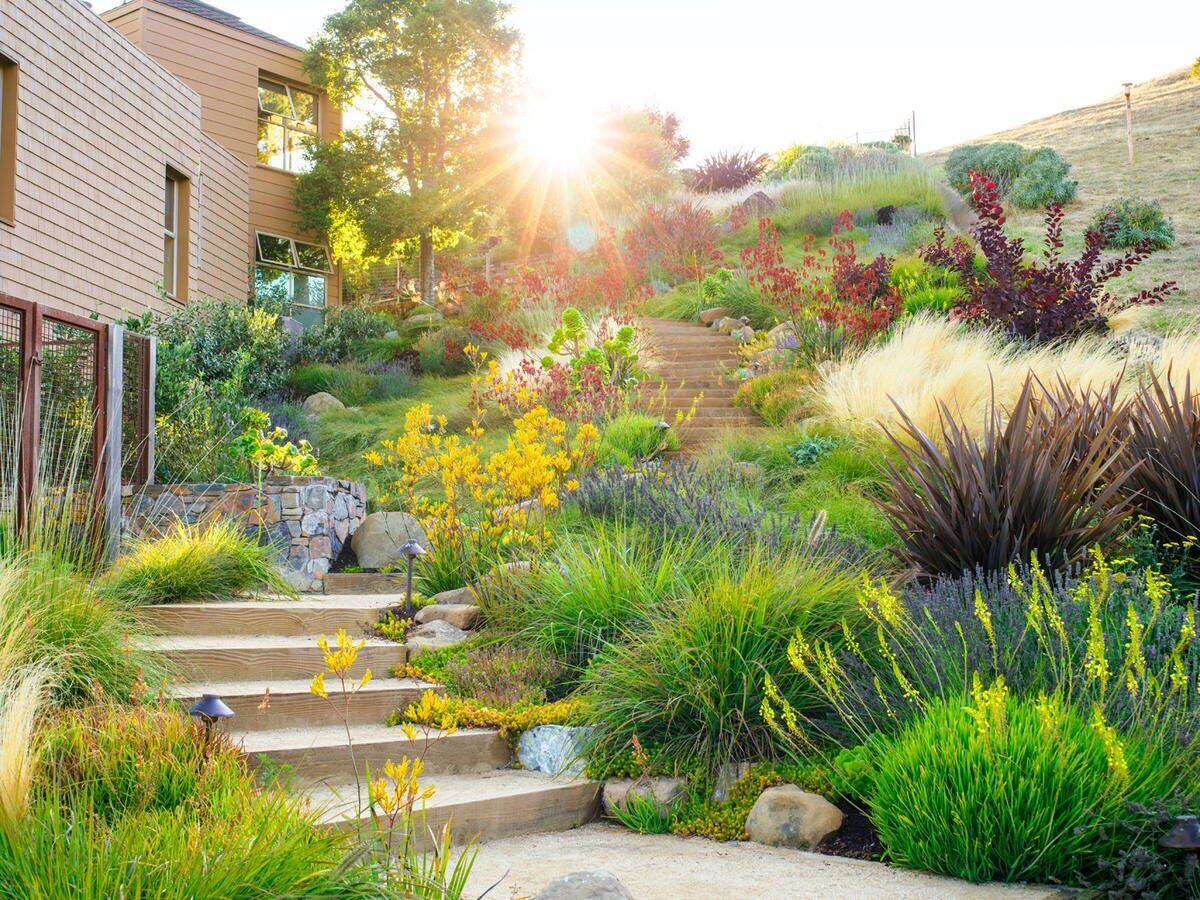
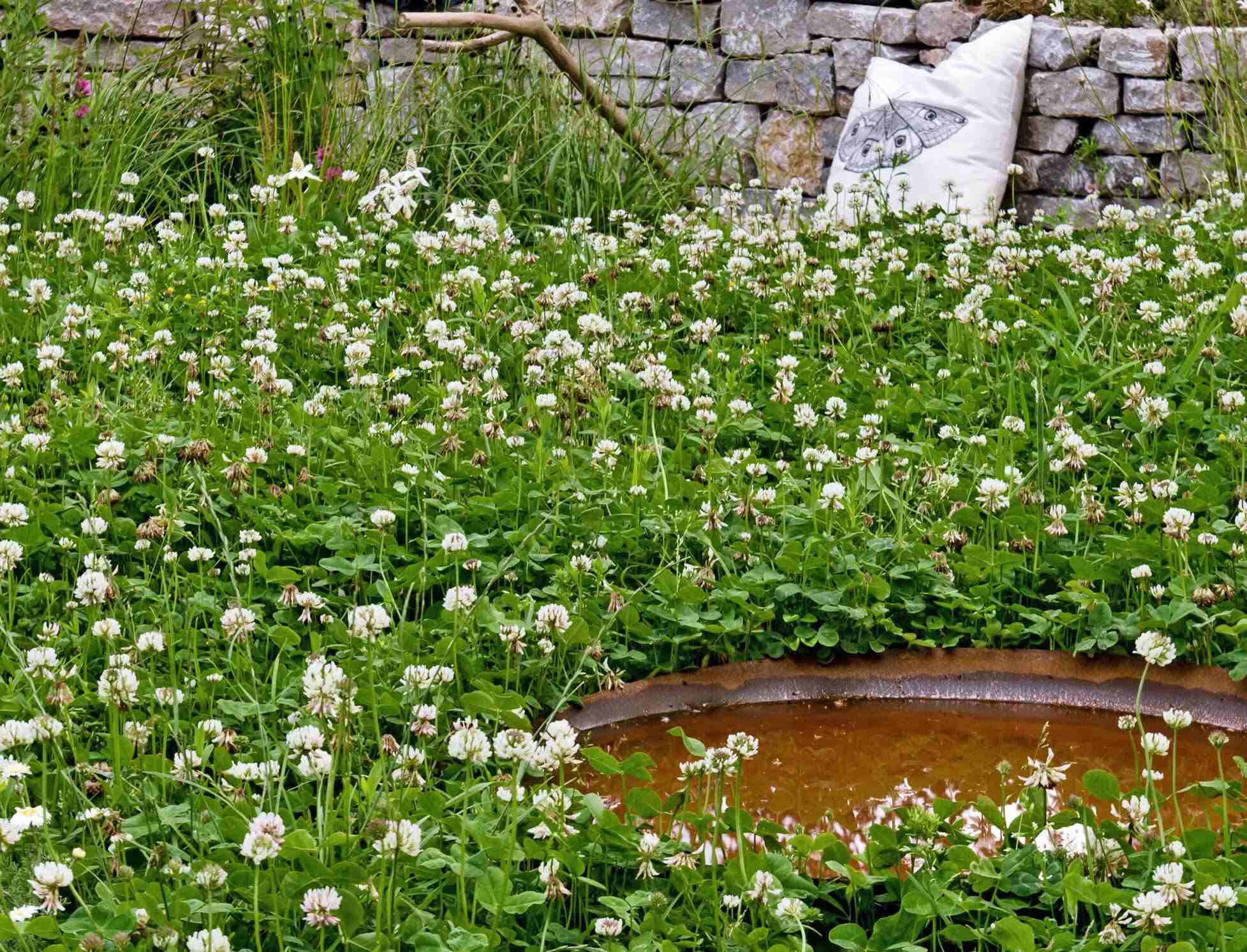
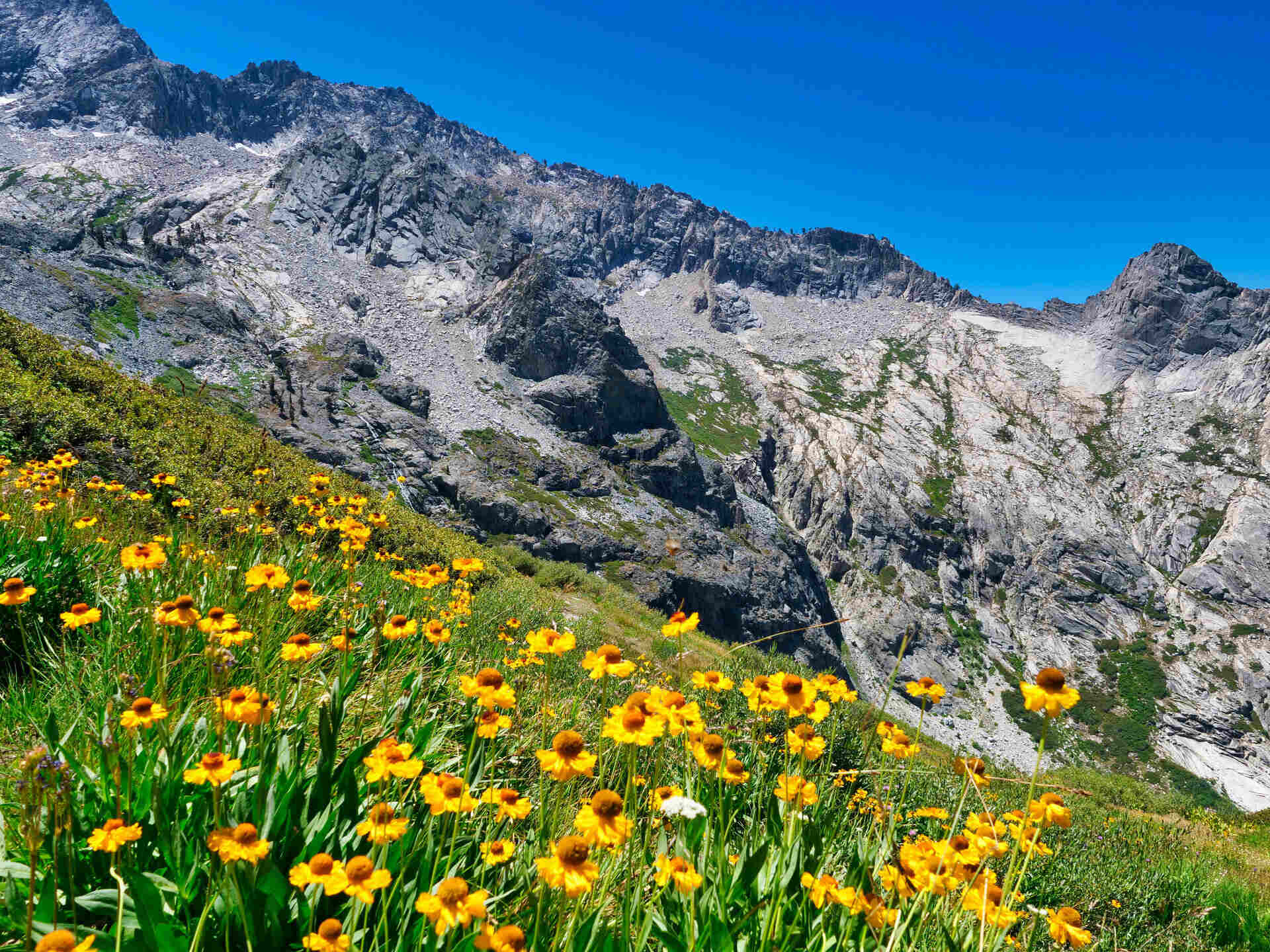

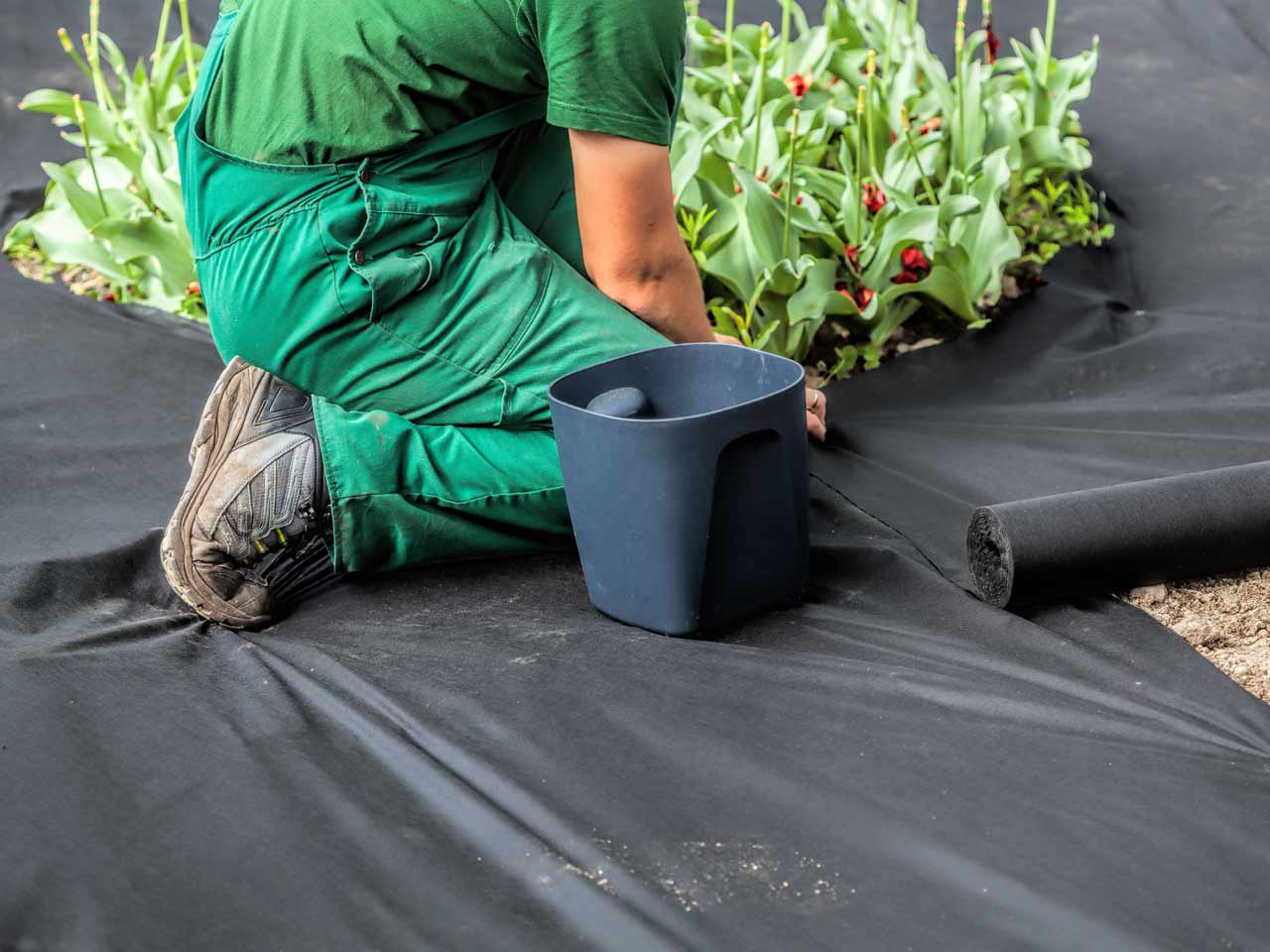

0 thoughts on “What Is The Best Low-Maintenance Ground Cover?”